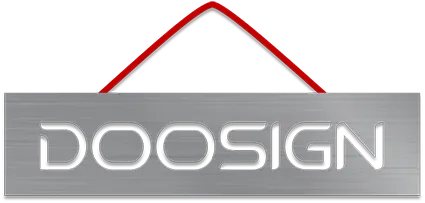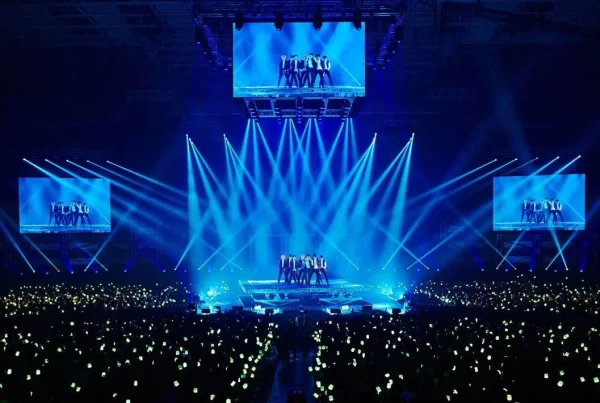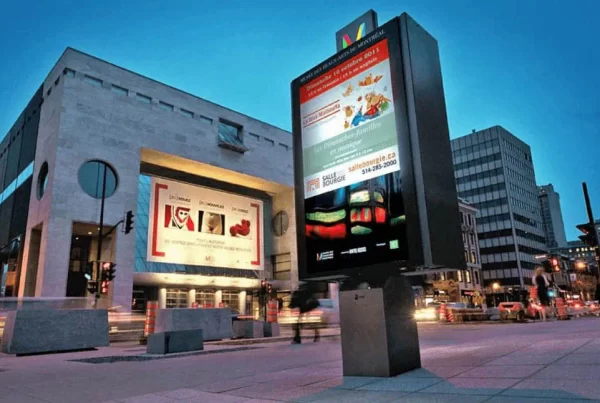Introduction
In the dynamic landscape of display technologies, large screen splicing has emerged as a captivating field, showcasing innovations through prominent technologies like LED, LDP, DLP, and PDP. This article delves into a comprehensive analysis, shedding light on the distinctive features, advantages, and disadvantages of each, providing valuable insights for tech enthusiasts and industry professionals.
LED Display Splicing
LED display splicing, driven by semiconductor light-emitting diodes, stands out for its larger, thinner, and more stable screens. Boasting a prolonged lifespan, robust construction, and suitability for outdoor applications, LED displays are ideal for arenas like outdoor advertising and stage productions. However, challenges such as occasional pixelation and difficulty in miniaturization persist, with the most refined LED pixel pitch at 1mm.
Liquid Crystal (LDP) Splicing
LDP splicing relies on liquid crystals that do not emit light independently, necessitating backlight tubes. Offering higher resolution, thin profiles, and extended lifespans, LDP screens are favored for their versatility. Nevertheless, they face challenges such as latency issues and visible seams, a result of gaps in the splicing process.
Projection (DLP) Splicing
Digital Light Processing (DLP) introduces a unique approach, digitally processing image signals before projecting light. This technology enables seamless splicing, with the capability of achieving the largest display areas and supporting spherical displays. However, challenges include concerns about bulb lifespan and specific projection distance requirements.
Plasma (PDP) Splicing
PDP splicing harnesses gas discharge for illumination, utilizing plasma tubes as light-emitting elements. With a focus on achieving thinner profiles, PDP screens boast high brightness and short response times. While well-suited for certain applications, concerns such as limited lifespan may impact their overall appeal.
Conclusion
In conclusion, each large screen splicing technology presents its own set of advantages and disadvantages, catering to diverse needs across various industries. LED displays, with their resilience and outdoor adaptability, emerge as pivotal in sectors like outdoor advertising and stage productions. As technology continues to evolve, understanding the nuanced differences between these technologies enables informed decision-making, ensuring optimal choices based on specific requirements.




